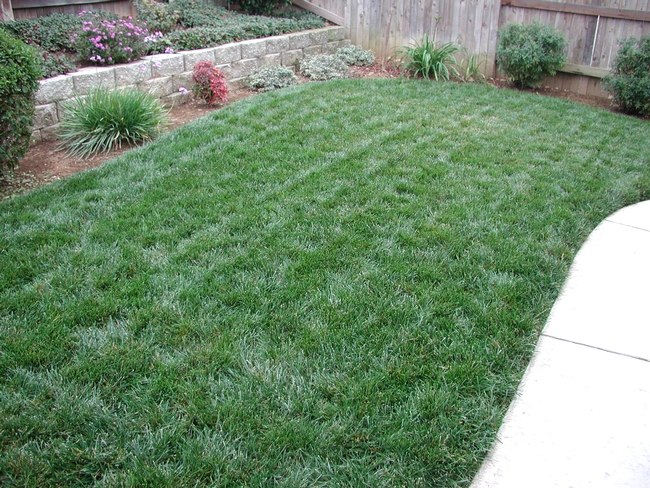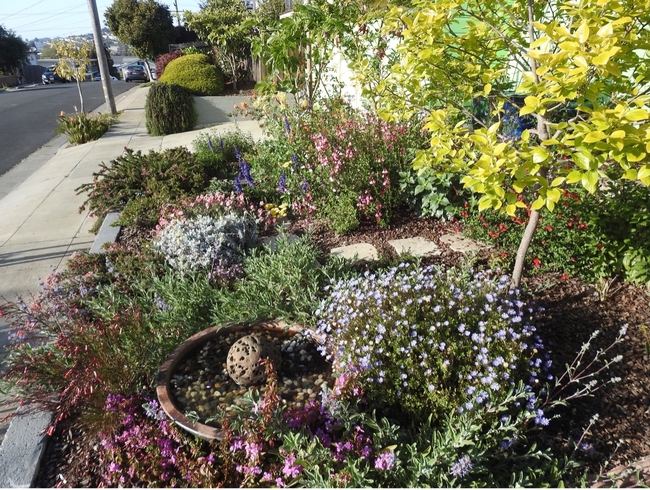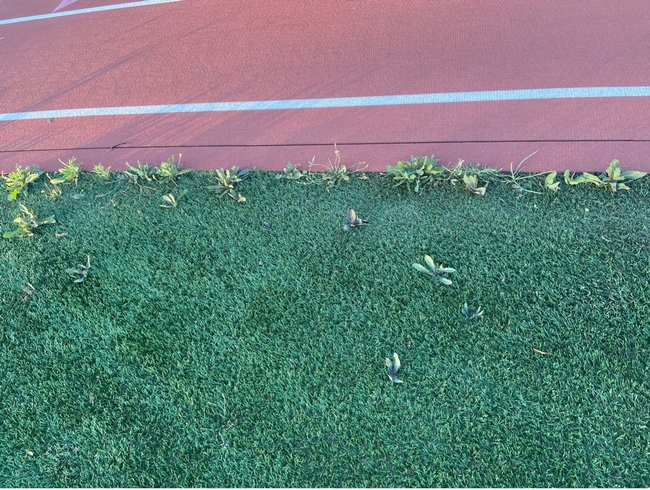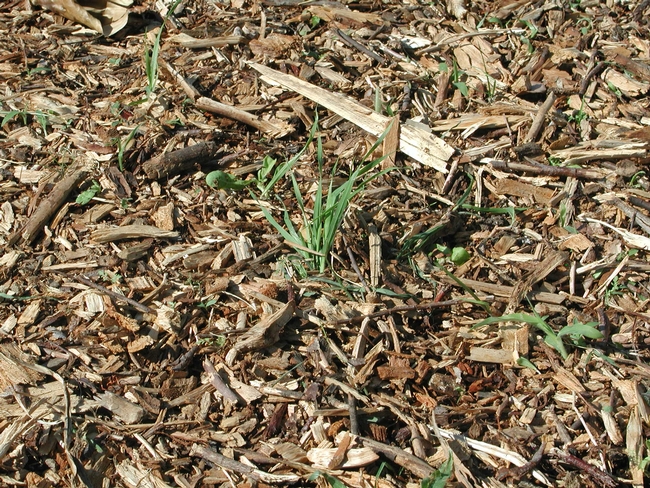
“Kill your lawn!” has become a popular phrase and landscaping trend in recent years. Whether you are looking to completely remove your lawn or just renovate it, this article will give you useful information to help you decide how best to do away with your existing lawn and prepare for your new design.
There are many reasons someone might be looking to get rid of their lawn.
- Can be costly to maintain (water, landscapers, time, equipment, fertilizers, etc.)
- Aesthetics (desire a different look)
- Create habitat (plants for birds, pollinators, natural enemies, etc.)
- Replace groundcover (plant different grass type, install turfgrass alternative)
- Save water by using drought resistant or low-water needing plants

On the other hand, someone might decide to keep or install a new lawn for many reasons.
- Use by children and pets (soft outdoor area for moving around and playing)
- Can be low maintenance (compared to certain plant selections)
- Aesthetics (prefer the look of a lawn)
Whatever your reasoning for killing your existing lawn or removing sections of it, there are several methods you can use to do so, both chemical and non-chemical. You may also choose to use a combination of both.
Sheet mulching
A low-cost method for killing your lawn is to cover it with cardboard or several layers of newspaper. Closely mow the grass and place 1 to 3 layers of unwaxed cardboard or newspaper on top to prevent sunlight from allowing the grass to grow. Top with 1 to 2 inches of compost and 3 to 4 inches of mulch.
Soil solarization
This method works to “cook” the existing lawn by trapping heat from the sun under a clear plastic tarp. Intense sunlight and high temperatures are required for this method, so it is best done in the summer, in areas that receive full sun. Cloudy or foggy regions, or shady parts of the yard won't be as effectively killed. Dig out or closely mow the existing lawn. Wet the soil in the area that you intend to cover. Tightly cover with a clear plastic tarp. Leave the tarp on for 4 to 6 weeks, and maintain soil temperature below the tarp between 110º to 125°F. For more in-depth soil solarization instructions and information, see the UC IPM Pest Notes: Soil Solarization for Gardens & Landscapes.
Hand-digging or machine use
You can remove a lawn manually by digging it out, using a sod cutter, or using a rototiller machine. These methods are more physically demanding so they are better for smaller spaces. Moisten the soil prior to removal to make it easier to dig or cut out. To dig out your lawn, use a flat shovel and dig parallel to the soil to remove the top 1 to 2 inches of lawn. A sod cutter can be rented to similarly remove the top 1 to 2 inches by cutting the lawn into strips.
Herbicide application
One of the quickest and less labor-intensive ways to kill an existing lawn is to apply a nonselective, systemic herbicide like diquat or glyphosate that will kill most weeds and the turfgrass and their roots. It may take up to 7 days after the application for the grass to completely absorb the material and plant damage to start showing. Depending on temperature, it can take up to 2 weeks for the entire lawn to die.
Herbicides that work on contact like acetic acid (vinegar) and ammonium salt of fatty acid (herbicidal soap) are not as efficient as they do not kill weeds and grasses to the root. Multiple applications of the contact herbicide are likely needed as well as hand-removing the plant material.
For more detailed information on lawn removal see Lawn Removal Methods by the UCCE Master Gardeners of Sacramento County.
You've successfully killed your lawn, now what?
If you want to reestablish your lawn and reseed, you'll need to think about irrigation, amending the soil (if needed), and choosing a grass variety that is best suited for your area and goals. To learn more about lawn renovation and how to establish and care for a new lawn, see the UC Guide to Healthy Lawns. If you're considering installing artificial turf (fake grass), evaluate the risks involved by visiting https://gba.org/blog/artificial-turf-fields-health-and-environmental-concerns/.
If you'd like to replace your lawn with mulch or rocks, see our Mulch resource page to learn about this option. Prior to applying wood or rock mulch to an area, you may want to place landscape fabric or sheet mulch (cardboard or paper) over the soil to prevent weeds and grasses from growing.
If you wish to replace your lawn with an alternative, like clover or thyme, see the Lawn & Lawn Alternatives resource from the UC Marin County Master Gardeners. For more information about replacing your lawn with flowering plants to attract pollinators and beneficial insects, or reduce water use, visit:
- UC Master Gardeners
- UC Davis Arboretum's Planting Plans
- California Native Plant Society's Native Plant Lists and Planners
- UC IPM Insectary Plants
- CA. Department of Water Resources Water Efficient Landscaping
Keep in mind that none of these methods will absolutely prevent weeds and grasses from invading your lawn or landscaped areas in the future. Keeping weeds out and preventing undesirable grassy areas from regrowing, requires diligence and a combination of control methods. To learn more about weed management in landscaped areas, see the UC IPM Pest Notes: Weed Management in Landscapes. For weed management in lawns, see the UC IPM Pest Notes: Weed Management in Lawns.

